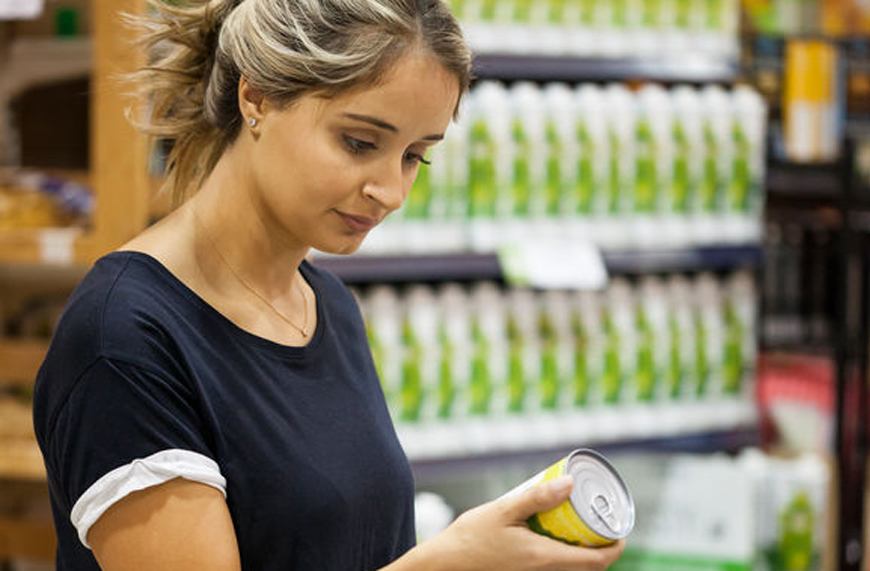The Sneaky Way Some Food Brands Trick You Into Eating More Sugar
"[Brands] use different types of sugar so they can split it up on the ingredients list, and that way, it isn't listed first," he explained. At the time, I was hosting the panel and was a bit taken back (although I guess I shouldn't be surprised that some brands will do anything to make money, even if it means intentionally fooling shoppers). A few days later, I called The Nutritious Life Studio CEO and founder Keri Glassman, MS, RDN, CDN, who was also on the panel, to learn more.
"The ingredients list is written from greatest to least amount of product by weight," she says. "So if the ingredients list reads: 'oats, apples, sugar,' it's made mostly with oats, then mostly with apples, and so on." As Glassman explains it, there are lots of names sugar can masquerade on the label as, the most popular being sucrose, high-fructose corn syrup, barley malt, dextrose, maltose, and rice syrup.
Glassman says brands will use a combination of the above in order to make their products sweet, so then the label will read, for example, "oats, apples, sucrose, barley malt, rice syrup." But if you were to add up the amount of sucrose, barley malt, and rice syrup, you'd discover the list should actually say "sugar, oats, apples." Often, they do what they can to get the most nutritious-sounding ingredient first.

Of course, not all brands split up the sugar for sinister reasons. "Various sugar sources taste slightly different and have different textures," Glassman points out. "Some brands may use a couple sources to get a texture or consistency they want or round out the taste."

{{post.sponsorText}}
Fortunately, there's a major change underway designed specifically to put an end to using different types of sugar solely to pull one over on consumers. The Food and Drug Administration (FDA) has demanded a label makeover, specifically calling out the number of grams of added sugar, separate from the natural occurring sugars, such as from fruit. (FYI, you typically want to keep your sugar intake below 25 grams a day.) Though the deadline for rolling out the new labels has been delayed and is now TBD, many brands have made the switch already, particularly health-forward brands that are excited to showcase their natural sourcing.
There are lots of names sugar can masquerade on the label as, the most popular being sucrose, high-fructose corn syrup, barley malt, dextrose, maltose, and rice syrup.
Speaking of natural sweeteners, you'll often see them on labels, too, mixed in with processed sugars. How does Glassman feel about that? "Anything natural is going to be better than processed and they often have nutritional minerals that truly benefit the body," she says before offering up a major disclaimer. "If you're trying to control your sugar intake, you should still be cognizant of the amount because natural sweeteners don't affect the body drastically differently than added sugar." So even if that box of organic honeycombs cereal is made using real honey and no added sugar, it's still not a good idea to have as many bowls as you want. (Sorry!)
Here's the bottom line: Until the FDA's label change is in full effect, the best way to avoid getting fooled is to familiarize yourself with the different sugar monikers called out in this article and reading the full ingredients list—not just what comes first.
If you want to go to Well+Good’s next TALKS panel, here’s where you can get tickets. Plus, if you're serious about cutting back on sugar, here's how.
Loading More Posts...